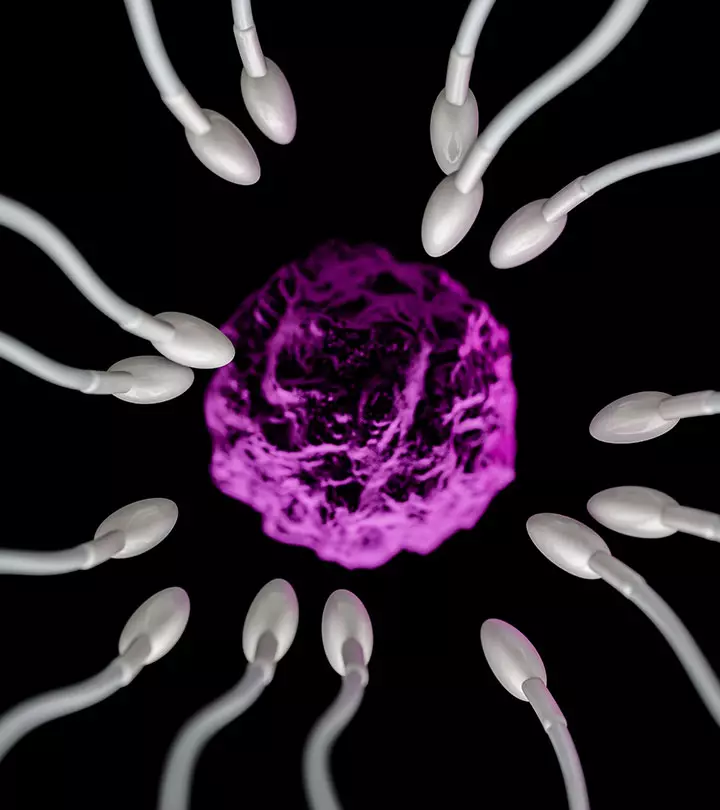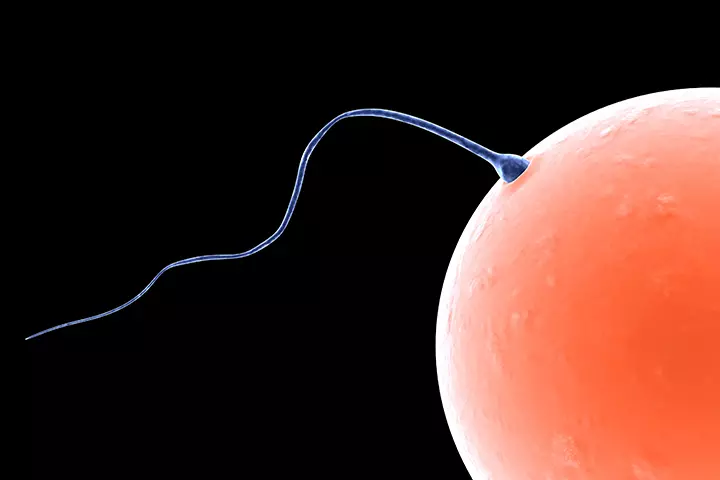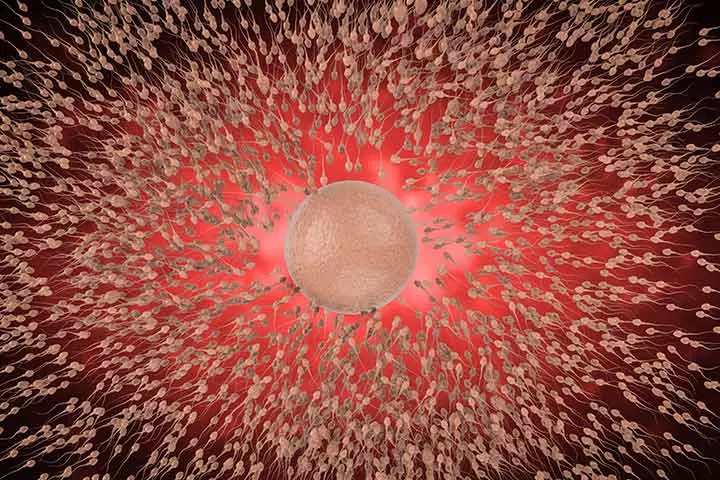

Image: Shutterstock
If you are trying to get pregnant, you may have already done quite a bit of research. You must be well-versed with all relevant terminologies like ovulation and fertilization. But, there are several things you may miss out on, especially if you are not looking for it. But, when it comes to pregnancy, the more you know, the better it might be. For example, you may know about how fertilization takes place. But, what you might not know is where exactly it takes place. Given how complex pregnancy is, it is perfectly natural to not be sure about certain processes related to it. Here, we bring you some things that you may not be aware of about fertilization, including where it takes place:

1. The Fallopian Tube Is Where It All Happens
Image: Shutterstock
The released eggs enter in the fallopian tube, where it stays for up to 24 hours. Here, it waits for the sperm to come and fertilize it. So, if a sperm makes its way into the fallopian tube, it goes and fertilizes the egg. The fertilized egg continues to stay in the fallopian tube for around three or four days, after which it heads to the uterus (1).
2. Ovulation Is When Fertilization Takes Place
Image: Shutterstock
Ovulation is one of the phases in a woman’s monthly cycle. It is referred to the phenomenon of the release of eggs from the ovary of a woman. If you have a 28-day cycle, it will occur somewhere around the 14th day. This is when the egg makes its journey through the fallopian tube towards the uterus. And, it is during this journey that a man’s sperm cell may join the released egg, leading to the process known as fertilization (2).
3. It Is Not Always Easy To Figure Out Ovulation
Image: Shutterstock
If you are trying to have a baby, knowing when your ovulation occurs can be of a lot of help. But, its signs are not as obvious as menstruation, so it may be a little more difficult to figure out. You may have to be more alert and look out for these signs in particular. The cervical mucus, which is the vaginal discharge, might seem thinner, clearer, and stretchy, much like egg whites. Additionally, you will feel bloated, the breasts may seem tender, and there will be slight cramping. Even the body temperature increases slightly, so you can check for this sign. But, for the sure-shot sign, you can always use the ovulation kit that detects the heightened luteinizing hormone (LH) levels (3).
4. The Egg Changes After Fertilization
Image: Shutterstock
All you need is one sperm to fertilize the egg. And, when this fertilization takes place, the sperm burrows into this mature egg. And, the egg automatically changes to ensure that no other sperm can come in and fertilize it all over again. And, the second this takes place, both the genes and the gender of the unborn baby are set. And, if the sperm comprises the Y chromosome, it indicates that a boy is about to come. On the other hand, the X chromosome determines the birth of a baby girl (4).
5. Implantation Takes Place In The Uterus
Image: Shutterstock
As we mentioned earlier, the fertilized egg remains for around three to four days in the fallopian tube. However, within the span of 24 hours, the egg begins to divide quickly into numerous cells. And, as it moves from the fallopian tube towards the uterus, it continues to divide. The next step is for it to get attached to the uterus’ lining. This process is known as implantation (5).
Did you know about these facts already? Or, have we enlightened you with a fresh piece of information? If yes, our job here is done. We understand that it is pretty natural to want to know everything about this new chapter of your life. So, we try to help out in any way we can. Good luck, ladies!
Community Experiences
Join the conversation and become a part of our nurturing community! Share your stories, experiences, and insights to connect with fellow parents.

















